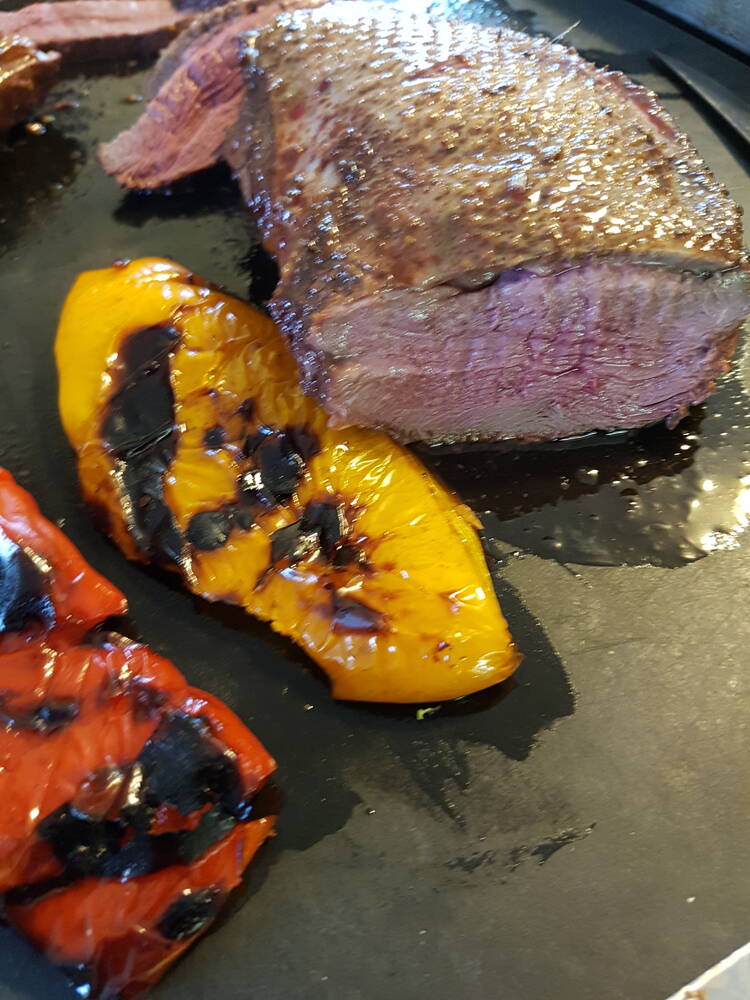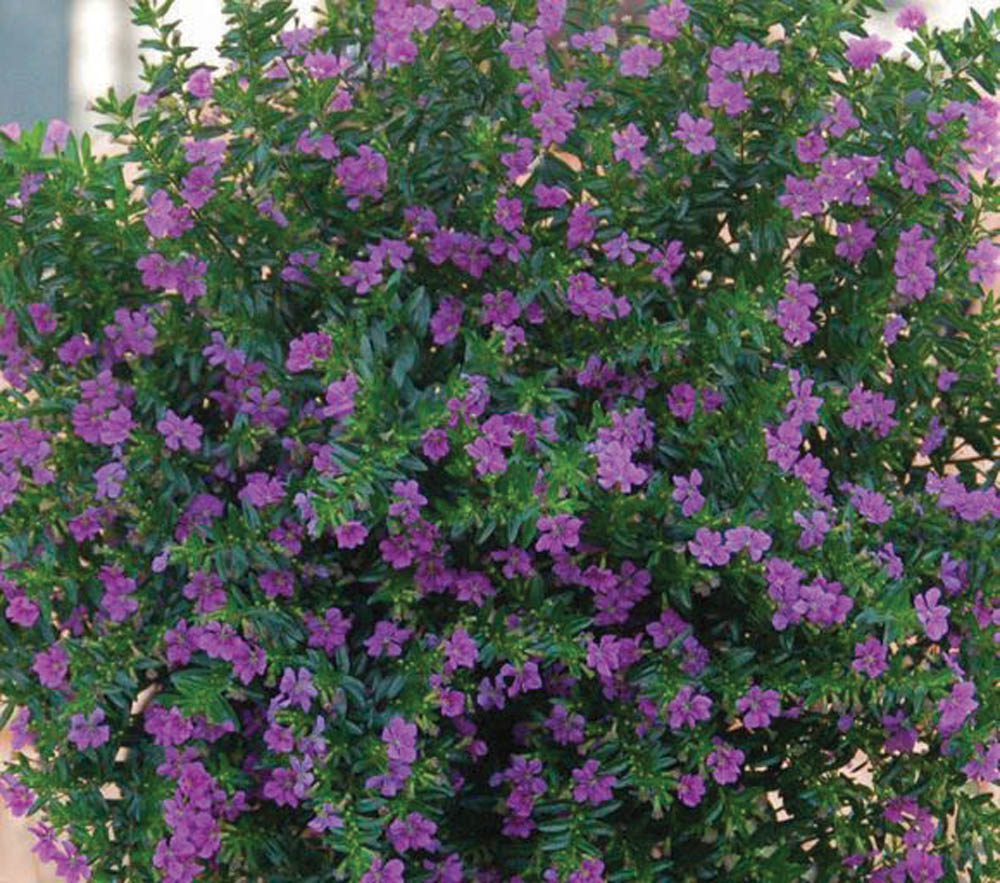What could be more satisfying than a flourishing sunny garden? However, not all plants enjoy full-sun locations and many prefer cool, shady areas. If you’re planning to grow a sunny garden, examine the conditions your plants will be growing in. Is the garden exposed to full sun most of the day, or will the plants be shaded? Choose suitable plants for the location. Many varieties such as geraniums will grow equally well in either sun or shade.
Annuals are a good choice. They complete their life cycle in one year, leaving the option of selecting other varieties for next year’s garden. Some annuals that perform well in sunny Manitoba gardens are:
Read Also

Giant Canada geese have gone wild in Manitoba
Giant Canada geese are seemingly everywhere and can be fine table fare for local hunters, but 70 years ago, they were borderline extinct.
Thunbergia– a much-loved annual vine, frequently climbing 90 cm (three feet) or more in our climate. It’s often used to sprawl over the edges of hanging baskets and the plants grow well in semi-shade or sun. Alta black-eyed Susan is the most popular variety. Many other colours are available such as orange, rose shades, pastels and even pure white with a black centre. Thunbergia centres are actually dark, funnel-shaped holes, and hummingbirds know exactly where to locate the nectar.
Petunias– are used in beds as well as hanging baskets, barrels, tower planting. Multiflora petunias display seven-cm (2-3/4- inch) medium-size blooms on compact 28-cm (11-inch) plants. Celebrity, Madness and Primetime are a few of these tough standbys. They usually hold up well in wind and bounce back quickly after a rain. Grandifloras such as the Cascades, Daddy’s and Ultra series have large blossoms, often exceeding 10 cm (four inches) in size. They vary in height depending on variety from compact to 38 cm (15 inches). Other petunias include the Frillytunia series with frilly, grandiflora, single 10-cm (four-inch) blooms on 30-cm (one-foot) plants. The Dolcissima series is another new variety. Flambé (multiform) has pale-rose-coloured blossoms infused with lemon, splashed with white. Fragolino (multiform) have touches of yellow and cream on vibrant shades of rosy cranberry. Limoncello grandiflora are deeper yellow in colour than most other yellow petunias. The blooms of Wave and hanging petunias will almost completely cover the plants – perfect for ground covers as well as for pots and planters.
Just a handful of Wave plants are needed in comparison to regular petunias, due to their remarkable spreading habit.
Farinacea salvias(all varieties) – are extremely drought tolerant. Evolution has deep-violet 25-cm (10-inch) spikes rising above extra-bushy 45-cm (18- inch) plants with dark-green leaves. The flower spikes are fuller than Victoria, a slimmer, lighter-blue variety. Strata farinacea salvia has bicolour spikes of blue and silvery white. Strata stands out against other darkercoloured plants making dramatic shows. Farinacea salvias belong to the sage family, so are extremely drought tolerant, and resistant to most diseases and pests (including deer).
Marigolds– bloom abundantly all summer in full sun. Smaller varieties will also bloom well in semi-shade. French marigolds such as the Janie and Hero series have five-cm (two-inch) blooms on compact plants. The seed can easily be sown right in the garden, thinning to 15 cm (six inches) apart within a few weeks. African Marigolds such as Inca, Galore and Perfections have large 10-cm (four-inch) fully double carnation-type blooms on bushy, sturdy plants. Smaller mini-flowering Tagetes marigolds are bushy, around 30 cm (one foot) high and wide with fern-like leaves. Miniflowering Tagetes come mostly in shades of orange, gold and yellow and Lulu has tiny, dime-sized, lemon-yellow blooms that almost completely cover the foliage.
Calendula or pot marigolds–
readily resow in the garden coming up year after year. Many new varieties are extra bright and free blooming. Shorter, compact varieties around 30 cm (one foot) tall with blooms five to10 cm (two to four inches) across look great in containers or as edgings for flower beds. Taller varieties are perfect in open gardens and the longer stems are excellent for cutting. Disbud for larger flowers.
Portulaca or moss rose– will flourish in hot, dry spots. Each plant spreads 30 cm (one foot) wide with five-cm (two-inch) brightly coloured blossoms, almost completely covering the 15-cm (six-inch) succulent plants. Extremely weather tolerant, portulaca blooms all summer in hanging baskets and beds. Most varieties close their blooms at night and on shady days. Some newer varieties are more shade tolerant than the older ones.
Snapdragons– come in many heights ranging from dwarf, carpet varieties to taller giants of one metre (39 inches). Snapdragons are a good choice where deer are a problem.
Russian Statice suworowii – has attractive, pencil-thin, rose-coloured flower spikes. Each spike twists above the 46-cm (18-inch) plants. Statice performs well in hot areas. For best bloom water regularly. Suworowii makes superb cut flowers for fresh bouquets, or dry by putting two cm of water in a vase allowing the water to evaporate till dry. This slower method keeps the colour brighter. For straighter dried plants hang statice upside down in dark area.
– Lillian Deedman write from Killarney, Manitoba


















